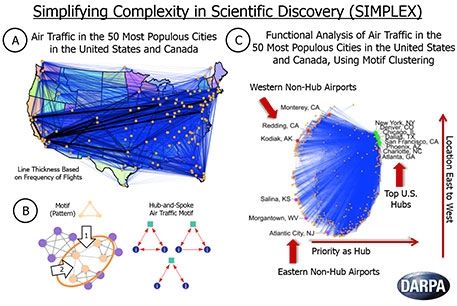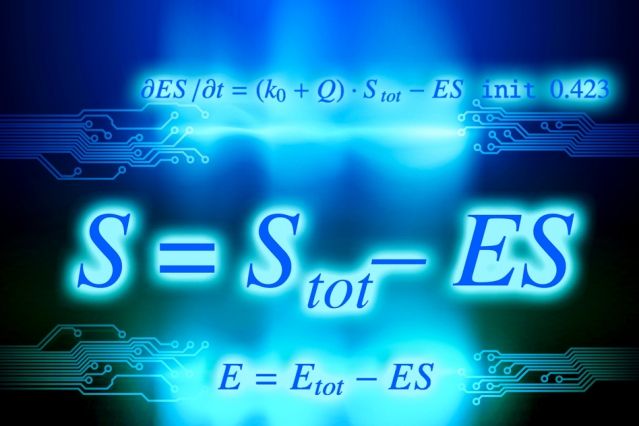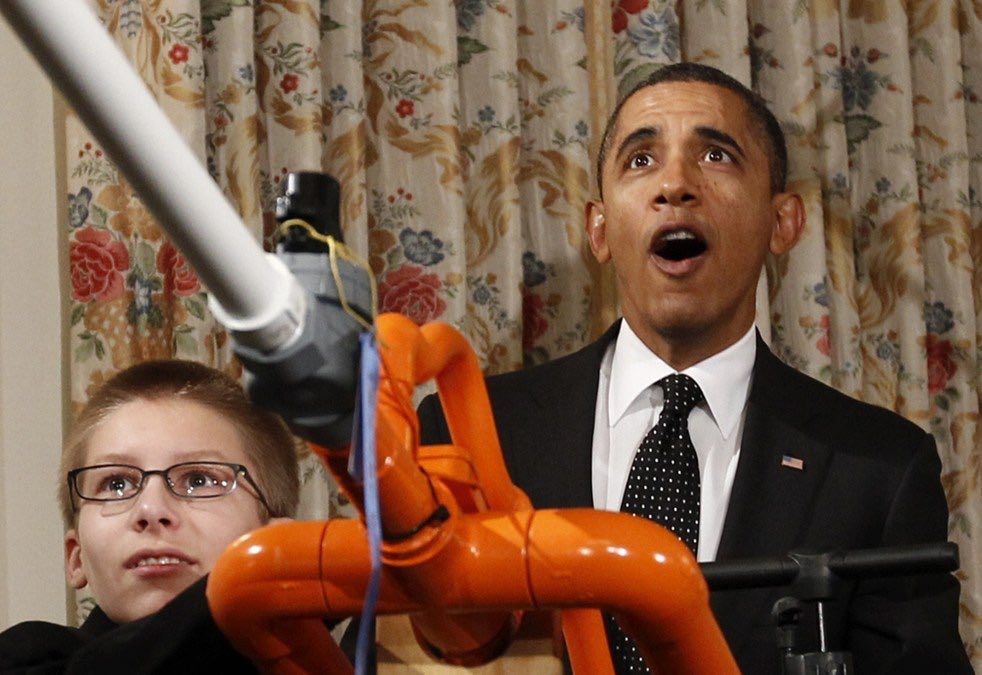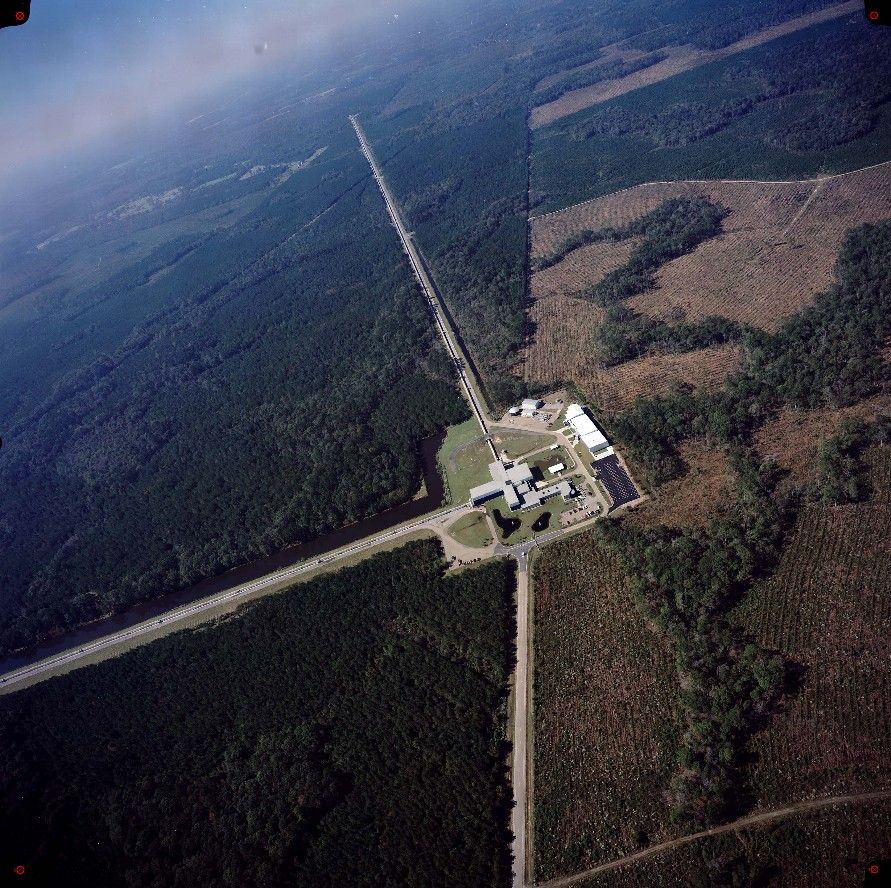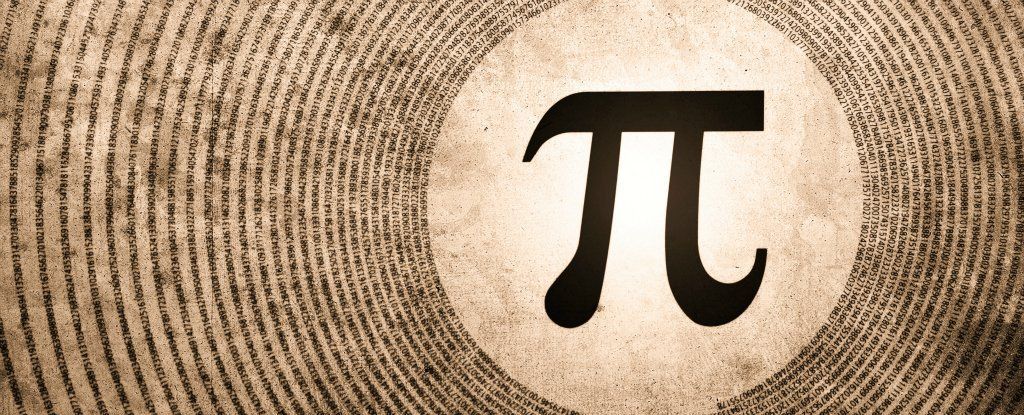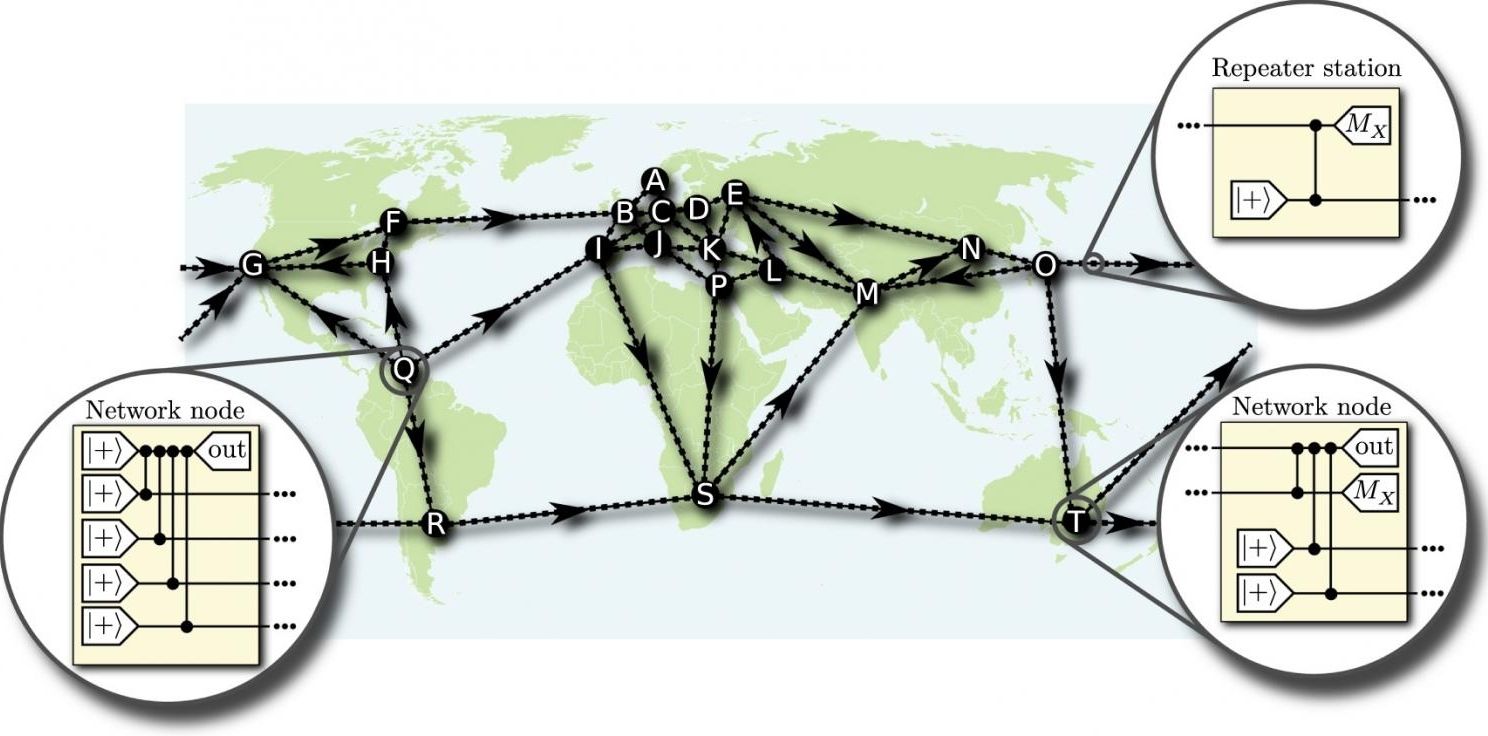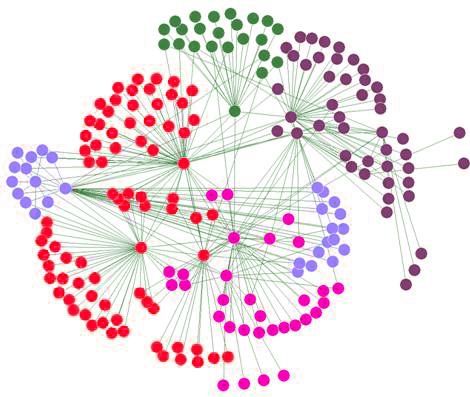Jul 11, 2016
Stanford University Researchers Help DARPA Create Mathematical Framework for Network Pattern Discovery
Posted by Karen Hurst in categories: engineering, information science, mathematics
The Defense Advanced Research Projects Agency has demonstrated a new mathematical framework that works to help researchers discover patterns in complex scientific and engineering systems. DARPA said Thursday researchers at Stanford University created algorithms designed to explore patterns in data in order to gain insights into network structure and function under the Simplifying Complexity in Scientific Discovery [ ].

